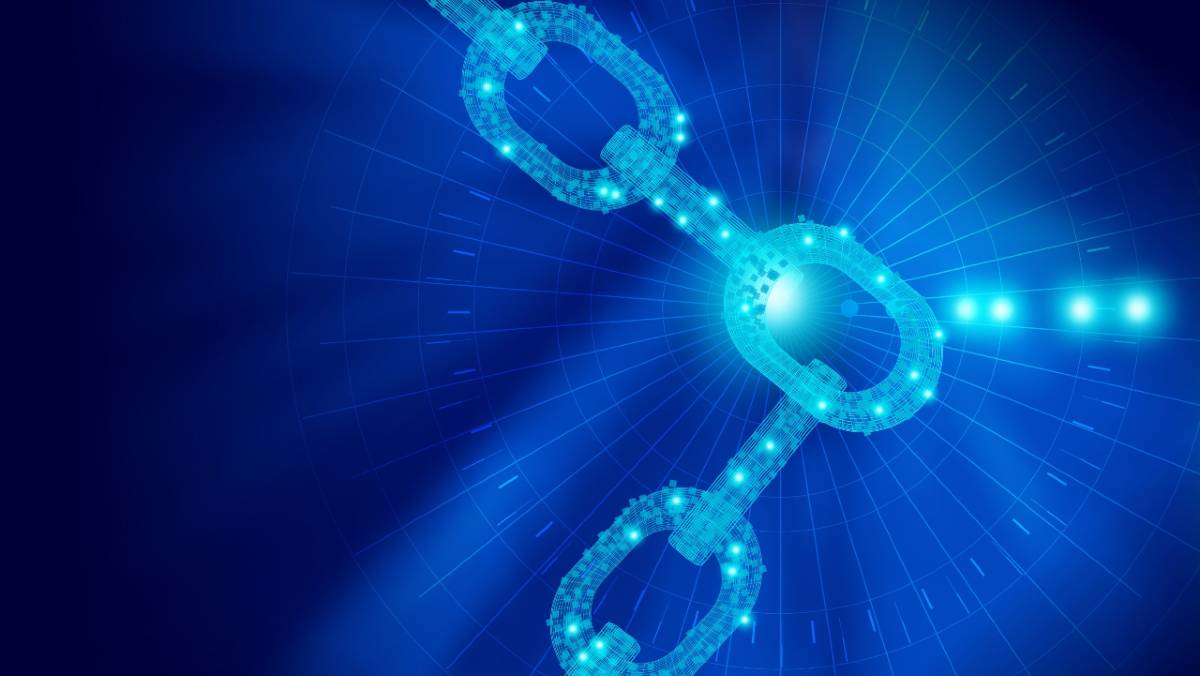 In this article we will talk about IoT solutions for commercial automation and monitoring applications.
In this article we will talk about IoT solutions for commercial automation and monitoring applications.
By Eng. Misael González*
During the last three years the term IoT has become a trend, this set of technologies has generated great benefits in the industrial sector and a tremendous advance in residential applications, however, the commercial sector seems relegated to a slower and more cautious change.
Starting from the very definition of IoT and taking into account the architecture that integrates it, this document will explain the main implications of opting for IoT solutions in the commercial sector and its areas of opportunity that would justify a more secure and accelerated migration to this type of technologies.
Introduction to the IoT concept (Definition)
IoT is short for the Internet of Things, and primarily refers to the ability of certain objects to connect to the internet. This would be a fairly narrow definition that does not finish describing the true use of this concept, since IoT is a term that was created from the appearance and progressive improvement of different storage, connectivity and processing technologies.
In the article The Internet of Things (IoT): An Overview (Abdul-Qawy, Antar, Magesh, E & Tadisetty, Srinivasulu 2015) i the Internet of Things is defined as a network of heterogeneous devices in which its interconnection is expected to enable advanced and intelligent applications and to make communication and automation, in virtually any sector, be an easy and achievable task.
And it is with this approach that we will analyze the current use of IoT-based solutions, this means that we will focus on automation and variable control applications leaving aside the possible applications of digital marketing and user experience that in general are related to Big Data and predictive analysis models.
Approaches
The concept of IoT is integrated by three different approaches in which, depending on the application, special emphasis will be placed to obtain the desired results.
Luigi Atzori et al considers that the concept of IoT is born from three visions that converge in a single paradigm called the internet of things, these three convergent visions are Internet-oriented approach (Intermediate software), oriented to objects or things (sensors) and oriented to semantics (knowledge) (Gubbi, J., Buyya, R., Marusic, S., & Palaniswami, M., 2013) ii.
Based on one of these three approaches is that a stakeholder can decide whether or not it is convenient for their business to implement an IoT-based solution, so the three approaches are briefly described below.
Object-oriented approach
In this vision the main role is the object, because it is this that ends up executing some relevant task in the physical world, the object can be an actuator, a sensor or practically any device whose connectivity allows its information to be easily accessed or that allows it to be controlled.
From this vision arises the concept of Smart object or Smart item that refers to devices that meet three characteristics: consciousness, representation and interaction (Kortuem, et al., 2010)iii. By saying that an object has consciousness, its ability to perceive, interpret and react to the events of the physical world is inferred, the concept of representation includes the applications and programming models that integrate it and finally the concept of interaction refers to the capabilities of the object to "converse" with the user in terms of inputs and outputs.
Internet-oriented approach
The central point of this approach is connectivity through the internet where what is sought is to access from remote locations to an object or a set of them, it is for that reason that middleware takes center stage in this vision.
The concept of middleware or middleware is defined as that which is located between an operating system and the applications that run on it. Basically, it works as a hidden translation layer to enable communication and data management in distributed applications (What is Middleware | Microsoft Azure, 2020)iv.
In this vision arises the concept of Web of things (WoT) that focuses on device networks, the efficiency of their connectivity and the simplification of IP's for devices that have a limited storage capacity (Guinard, D., and T. Vlad, 2009)v.
These distributed applications would be the objects, and the middleware will allow the connection with them through an application that allows to visualize the information that is being transmitted in a graphic and orderly way, in this case a server would expand and if necessary would supply the storage of the connected devices.
Semantic-oriented approach
In this third approach, the importance lies with the information and the way it is processed, taking into account that there may be a universe of massive information emitted by an equally massive number of objects (Atzori, L., A. Iera, & G. Morabito, 2010)vi.
Under this approach arises the concept of Semantic web where it is sought that the information that is stored on the web is machine-actionable (machine-actionable) and that through automated agents it is exported and combined with information from the web (Toma, Ioan, Simperl, Elena, Hench, Graham, 2009)vii.
It is at this point where artificial intelligence and the concept of machine learning become relevant.
Architecture
To define the appropriate architecture based on the three visions mentioned above, it must be understood that an IoT-based system connects a series of heterogeneous and dispersed devices in both the physical and virtual worlds (Chun Kit Ng, Chun Ho Wu, Kai Leung Yung, Wai Hung Ip & Tommy Cheung, 2018)viii so they require a flexible architecture, scalable and efficient.
Authors Li, Xu, and Zhao (2016)ix describe IoT architecture as a multilayer network that interconnects devices for information acquisition, processing, and exchange and describe the layers that make up this architecture as follows:
• Sensor layer and end nodes: Sensor networks can automatically detect the environment and exchange data between devices.
• Network layer: This layer connects all objects and allows them to know their environment.
• Service layer: This layer falls on the middleware and provides the IoT with a cost-effective platform where hardware and software platforms could be reused.
• Application-interface layer: this last layer involves a variety of interfaces for the user according to the application of the solution e.g. maintenance, health, etc.
The architecture of the IoT is related to the structure of the cold chain which we could consider as a supply chain where the temperature must be controlled at all times. This concept is important for the commercial area because the operation of many commercial sectors that will be analyzed later depends on this to a large extent.
The authors Yinuo Zhang and Guowei Hua (2016) x in their article Intelligent Food Cold Chain System Design designed the structure of an intelligent system for the cold chain As can be seen in Figure 2.1 the structure is constituted by 5 layers, 3 of them very similar to the structure proposed by Li, Xu, and Zhao for IoT-based systems: sensor layer, network layer, and application layer, however, two layers are added here that are actually related to end users and the specific operation of the cold chain: the operation layer and the user layer.
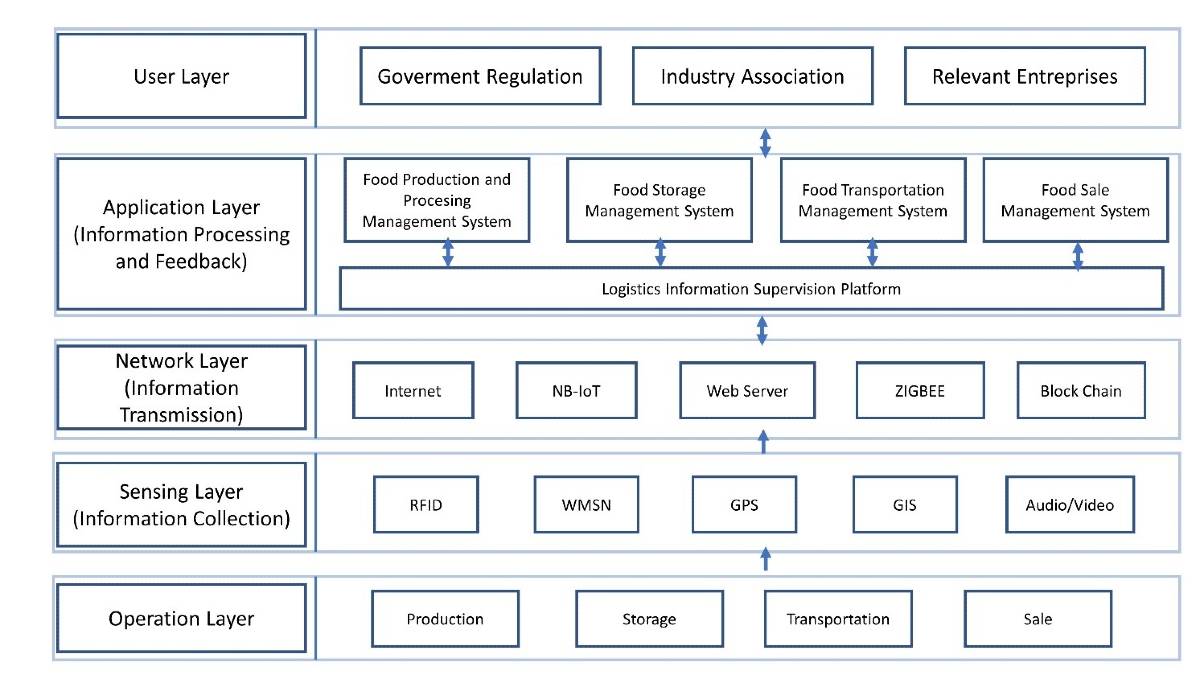
Fig. 1: Functional structure of an intelligent cold chain system. Source: (Yinuo Zhang & Guowei Hua, 2020)10.
This distinction is important for the study of IoT solutions applied to commercial installations for the following reasons:
- Operation layer: while in industrial applications it is limited that the solution is intended for a specific installation or plant and in the residential case to a home as such, in the commercial area you can have large numbers of facilities that must operate uniformly in different locations and under different conditions, In addition, the total operation goes beyond a single type of installation because it must be considered that the cold chain is integrated by production, storage, transport and sale.
- User layer: The regulations in the commercial sector are different from those of the commercial and industrial sector and vary from region to region, in addition the operation is conditioned to the client and not necessarily to a worker or employee, as in the industrial area.
For this reason, the architecture of IoT solutions for commercial applications will need to be built based on the needs of specific sectors and with the ability to adapt to different budgets and sizes of operation, although it can focus on a single installation, whose size can vary greatly, it is also possible that the need requires integrating large amounts of information from multiple sites distributed in several regions.
While the cold chain is a central point in commercial applications, it is important to note that IoT-based control and monitoring solutions will usually have the ability to expand their use beyond refrigeration and air conditioning.
Classification of control solutions
To classify the control and monitoring equipment that integrates the sensor layer and the network layer, the solutions can be divided into 3 models defined by their architecture: Centralized, decentralized and distributed systems, classification commonly used for control systems in general.
- Centralized systems: Ian Sommerville (2020) xi defines centralized control systems as a model where a component is designated as a controller which is responsible for managing the execution of other components. In addition, it divides this model into two classes:
Call-return model: In this model subroutines are executed sequentially, these routines are called by a main program that will execute each program always in the same order.
Manager Model: In this model a component of the system designated as manager controls the start, termination, coordination and scheduling of other system processes. A process can be a component or module that can run in parallel along with other processes.
A centralized control solution should allow components of different categories and classifications to be integrated into a single central system, this in order to unify the information generated for further analysis.
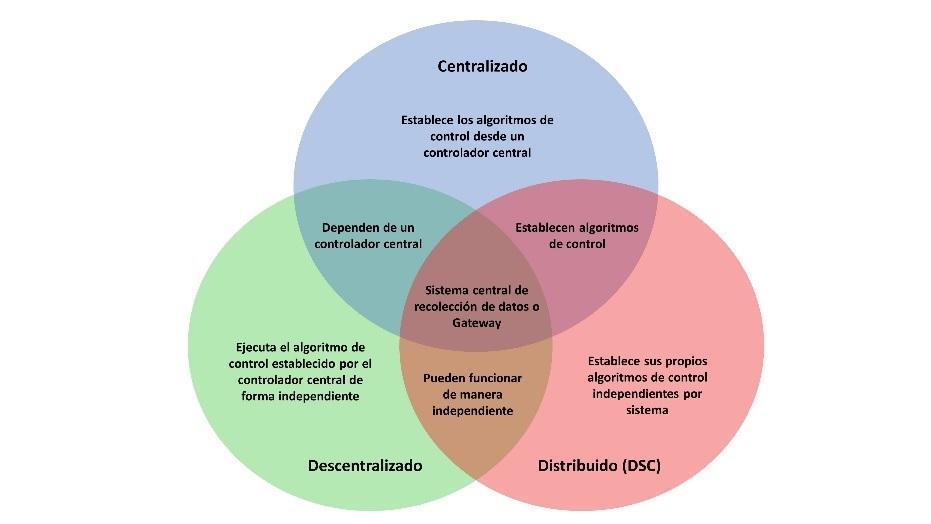
Figure 2.
- Decentralized systems: The Royal Academy of Engineering defines decentralized control as a control structure of complex systems that consists of the independent control of the different subsystems that form it (Royal Academy of Engineering, 2020)xii.
Practically, in this model nodes are installed that respond to a central control system but that by themselves integrate several input and output signals, thus increasing the flexibility of the entire system decreasing the amount of wiring required for its installation, reducing it to simply communication pipes with the central system and sometimes this communication can be done wirelessly as long as the distances are not so long and not there are a large number of physical barriers.
Data storage however still depends on a central system in this model.
Distributed Systems: A distributed control system (DCS) is a specially designed automated control system consisting of geographically distributed control elements over the plant or control area (What is Distributed Control System (DCS)?, 2020)xiii.
In this configuration each process or machine has a controller that does not depend on a central system to execute its functions, however, it can coordinate with one to send information and process configuration changes. Because of this, you have several controllers located in different parts of the facility that communicate with each other with a high-speed network.
This model offers greater security against possible failures with respect to a centralized system, since the controllers are independent and if a problem were to be generated with the communication or the main board, each controller would still be able to execute its functions.
Unlike a decentralized system, information can be stored in each controller and although it can be collected to obtain a complete picture of the installation, in this model the central system is actually an addition that does not affect the operation of the system itself.
Commercial sectors of application
According to the publication Top Markets Report Cold Chain, 2016 of the Department of Commerce of the United States, Mexico is in constant growth in terms of the supply chain with an estimated 7% per year, also has 5 million square meters for the storage of perishables and during the period of 2008-2013 there was a growth of 54% in the shared market of modern supermarkets and a notable increase in the demand for imported food. It is also the fifth most important market for fast food franchises (The International Trade Administration, 2016)xiv.
Considering the above, there is a great opportunity in the commercial area for IoT solutions, however, the analysis of the needs of the commercial area cannot be addressed directly due to how broad the concept is, so first it is necessary to identify the needs of each sector and group them.
The sectors in which we can group the needs of commercial applications are Storage, Transportation, Food Sales (Supermarkets) and Food Services (Hotels, Restaurants, among others).
- Storage: This sector takes into account large warehouses in which air conditioning and heating systems are required in productive areas and also offices, in addition, some of these department stores or distribution centers have refrigeration and / or freezing chambers to store perishable products. One of the main characteristics of this type of building is the extension of constructed area that can range from 4,000 m2 to extensions as surprising as those of the most recent free market distribution center in the state of Jalisco, Mexico with approximately 80,000 m2 of construction planned (Duarte, E., 2020)xv.
With these specific characteristics, the control and monitoring needs of this type of building can be extended to the control of luminaires and measurement of energy consumption, through measurement and control of more specialized variables such as relative humidity and Co2 levels.
IoT-based solutions become relevant when all these measurements and control systems are integrated into a centralized system, this is not a new concept for installations of this type, in the report of the conference Facility information access protocol for data-centric building automation systems published in 2011 the importance of historical data generated by sensors that are not normally used to drive a specific system is mentioned (Ochiai et al., 2011)xvi, however, its use has applications in decision-making that allow improving the efficiency of the building once they are analyzed, often in conjunction with other variables to understand the complete operation of the facility.
The needs of this type of facility can be control and monitoring or simply monitoring.
However, due to the size of the facilities, it is likely that when choosing wireless systems, physical obstacles and large distances will be encountered that limit the connectivity of the sensors, making it necessary to install a large number of gateways.
Note: In the next edition we will present the second part of this article where the rest of the commercial applications in the cold chain will be developed, as well as the topic of energy saving, areas of opportunity, maintenance, among other important aspects.
* By Misael González. Application Development Engineer - Emerson, Commercial & Residential Solutions.
References
1. Abdul-Qawy, Antar & Magesh, E & Tadisetty, Srinivasulu. (2015). The Internet of Things (IoT): An Overview. 5. 71-82.
2. Gubbi, J., Buyya, R., Marusic, S., & Palaniswami, M. (2013). Internet of Things (IoT): A vision, architectural elements, and future directions. Future Generation Computer Systems, 29(7), 1646-1647. doi: 10.1016/j.future.2013.01.010 (Dong, 2007)
3. Kortuem, Gerd & Kawsar, Fahim & Fitton, Daniel & Sundramoorthy, Vasughi. (2010). Smart Objects as Building Blocks for the Internet of Things. Internet Computing, IEEE. 14. 44 - 51. 10.1109/MIC.2009.143.
4. What is Middleware - Definition and Examples | Microsoft Azure. (2020). Retrieved 12 August 2020.
5. Guinard, D., and T. Vlad 2009. "Towards the Web of Things: Web Mashups for Embedded Devices." In Proceedings of the International World Wide Web Conference 2009 (WWW 2009). Spain: Madrid, April 2009.
6. Atzori, L., A. Iera, and G. Morabito. 2010. "The Internet of Things: A Survey." Computer Networks 54 (15): 2787–2805. doi:10.1016/j.comnet.2010.05.010.
7. Toma, Ioan & Simperl, Elena & Hench, Graham. (2009). A joint roadmap for semantic technologies and the Internet of Things.
8. Chun Kit Ng, Chun Ho Wu, Kai Leung Yung, Wai Hung Ip & Tommy Cheung (2018) A semantic similarity analysis of Internet of Things, Enterprise Information Systems, 12:7, 820-855, DOI: 10.1080/17517575.2018.1464666
9. Li, Shancang & Tryfonas, Theo & Li, Honglei. (2016). The Internet of Things: a security point of view. Internet Research. 26. 337-359. 10.1108/IntR-07-2014-0173.
10. Zhang, Yinuo & Hua, Guowei. (2020). Intelligent Food Cold Chain System Design. IOP Conference Series: Materials Science and Engineering. 782. 032045. 10.1088/1757-899X/782/3/032045.
11. Sommerville, I. (2020). Event-driven control. Retrieved 31 August 2020, from https://iansommerville.com/software-engineering-book/static/web/archpatterns/centralized-control/
12. Royal Academy of Engineering. (2020). Spanish Dictionary of Engineering. Technosite-Fundosa Group. http://diccionario.raing.es.
13. What is Distributed Control System (DCS)? - Electrical Technology. (2020). Retrieved 2 September 2020, from https://www.electricaltechnology.org/2016/08/distributed-control-system-dcs.html
14. The International Trade Administration. (2016). 2016 Top Markets Report Cold Chain Country Case Study (pp. 49-51).
15. Duarte, E. (2020). Mercado Libre announces investment of new cedis in Jalisco. Retrieved 26 August 2020, from http://t21.com.mx/logistica/2020/07/23/mercado-libre-anuncia-inversion-nuevo-cedis-jalisco
16. Ochiai, Hideya & Ishiyama, Masahiro & Momose, Tsuyoshi & Fujiwara, Noriaki & Ito, Kosuke & Inagaki, Hirohito & Nakagawa, Akira & Esaki, Hiroshi. (2011). FIAP: Facility information access protocol for data-centric building automation systems. 229 - 234. 10.1109/INFCOMW.2011.5928814.



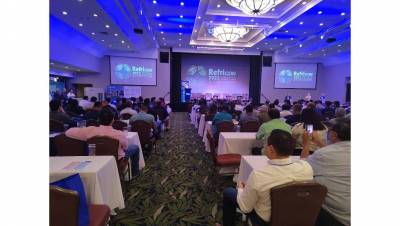
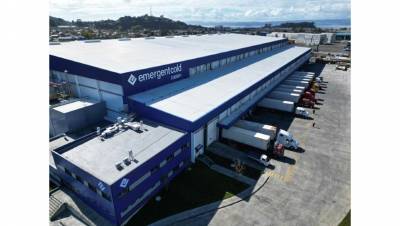
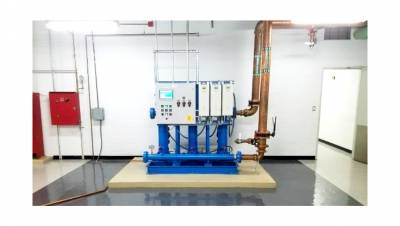
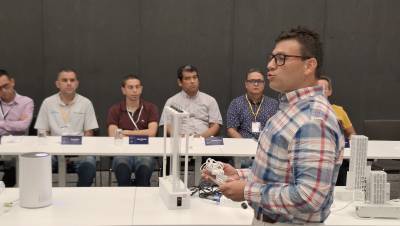
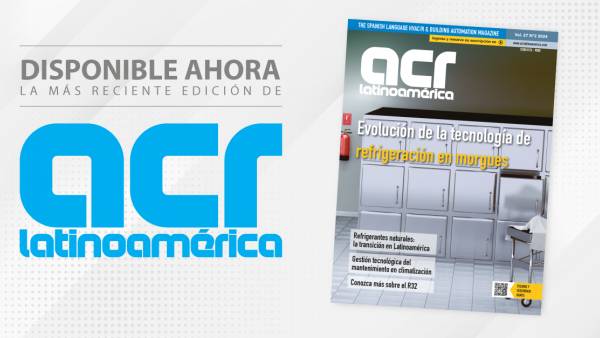
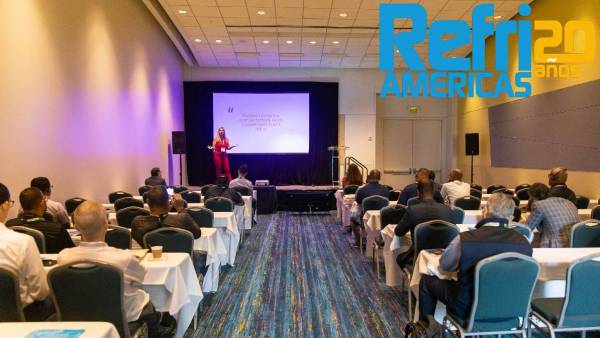
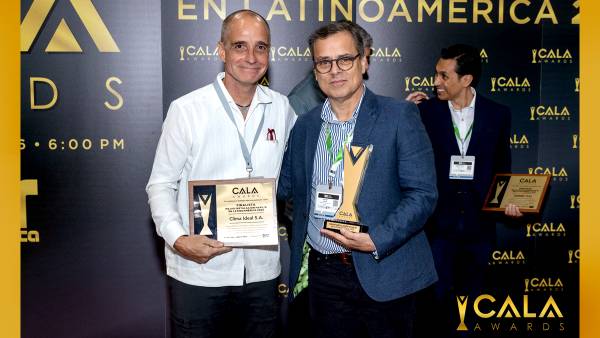
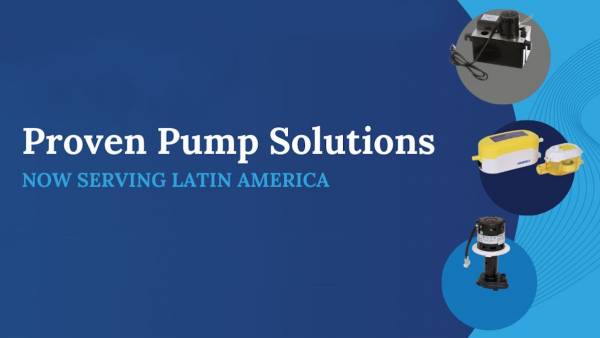
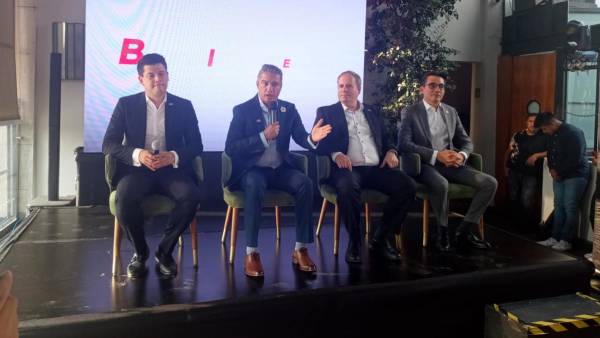
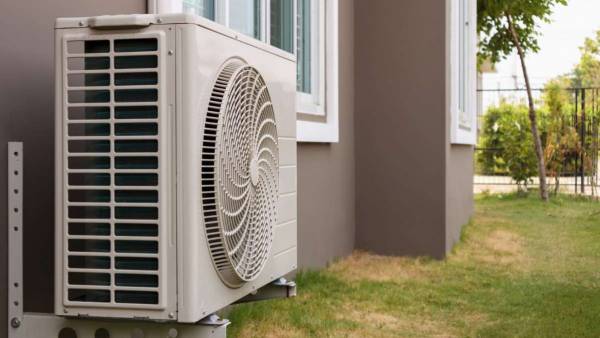

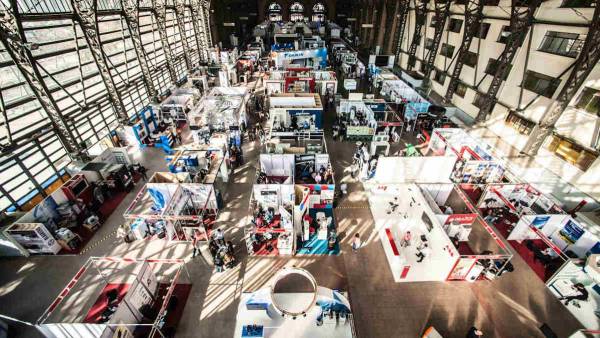










BUenas, me parece muy interesante y clarificador esta nota, quisiera pedirles si pueden desarrollar el uso de este sistema en una maquina como un terminal de consulta de datos, el cual contiene varios equipos que interactúan entre si en ambiente windows, desde sensores de lectura de huella, monitores, UCP, equipos de trans-banc, etc.
Hola Patricio, la aplicación que mencionas parece más enfocada al manejo de datos y tendría más sentido utilizar bases de datos, un middleware y una interfaz de usuario. Los monitores y los sensores de huellas no son precisamente parte del internet de las cosas pues no tienen conectividad a la red ni almacenan o generan informacion por si mismos para interactuar con el mundo físico. Es importante destacar que no siempre es necesario ni eficiente usar sistemas basados en IoT para automatizar tareas o procesar y generar informacion. En la siguiente parte del articulo hablaremos sobre algunas aplicaciones de estos sistemas en el sector comercial y como se justifican.